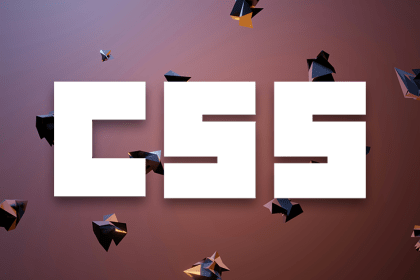
Explore options for creating responsive data tables using CSS and techniques for making them accessible and easy to use on mobile devices.
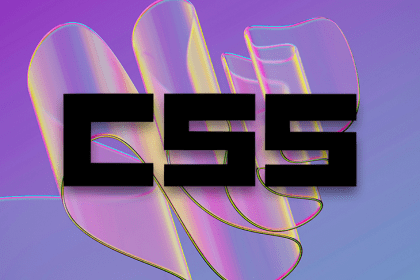
Implement parallax scrolling with CSS without compromising UX by using a variety of CSS properties and libraries.

Explore how Bulma CSS simplifies frontend development with its ease of use and customizable, responsive, pre-designed UI elements.
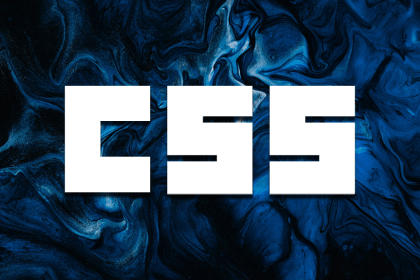
Velvette is a utility library developed to make working with view transitions easier.
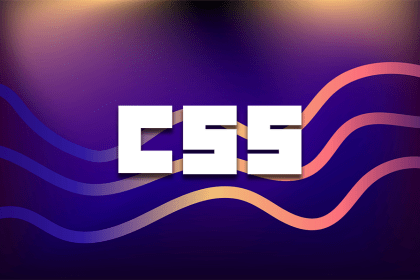
We explore a few different ways to style CSS scrollbars across different browsers, so you can customize the default scrollbar to better align with your brand or design.
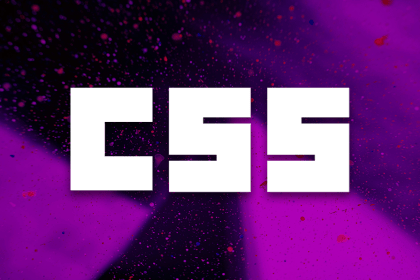
Explore some CSS tools that offer the perfect blend of efficiency and flexibility when handling CSS, such as styled-components and Emotion.

In this article, we’ll explore CSS cascade layers — and, specifically, the revert-layer keyword — to help you refine your styling strategy.

A command palette is a tool that enables quick navigation, easy access to commands, and shortcuts, among other things.

Explore the evolution of CSS-in-JS and CSS Hooks, a React-based solution that simplifies dynamic styling and component encapsulation.

Compare the established Tailwind CSS framework with the newer Mojo CSS based on benchmarks like plugins, built-in components, and more.

Tailwind Oxide was introduced to address common issues that exist with Tailwind CSS, such as the complex setup process.
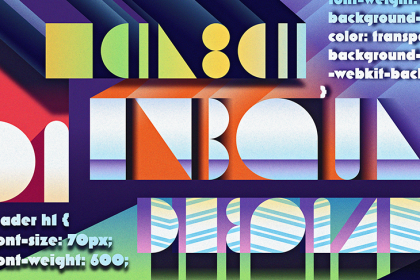
Learn how to make your CSS header texts cool and cross-browser compatible with this detailed, interactive tutorial with images.